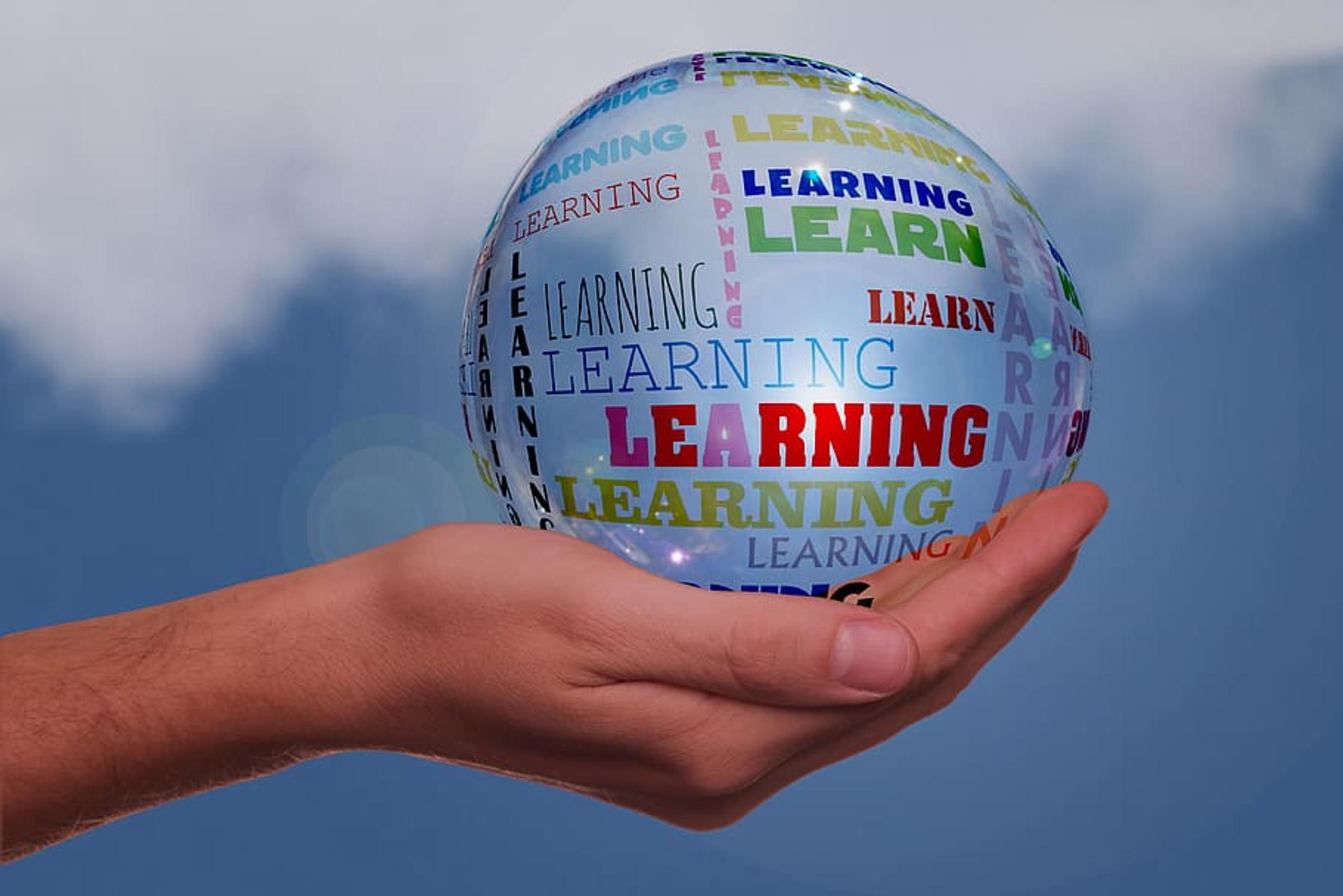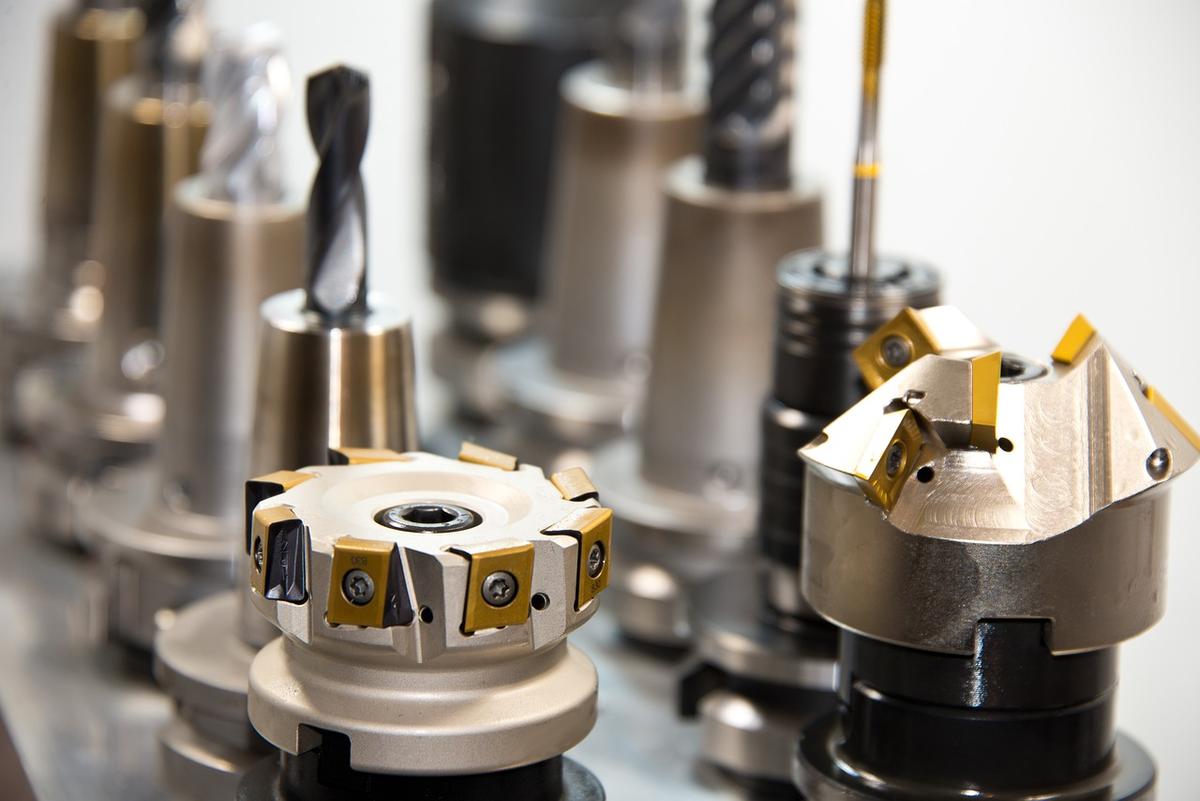From the Director of Pedagogy and Innovation

To Create Is Human
The word entrepreneur is thrown around with different sentiments value and credibility at the moment. Many of us think of traditional entrepreneurship as the ability to start a business, make a profit and create new jobs. We think of great entrepreneurs as Henry Ford, Thomas Edison, Steve Jobs, Richard Branson and Mark Zuckerberg who are admired, envied or celebrated, and are in great demand. However, I would like to challenge this and rethink what we define as entrepreneurship.
Wouldn't it be great if we changed our definition of entrepreneurship away from strictly creating jobs and economic benefits, to a definition that says it is a process resulting in creativity, innovation, and growth? We want to recognise that innovative entrepreneurs, come in all shapes and forms, and are not just linked to start ups, enterprise ventures and new jobs. Anyone who can turn an idea into an action can be an entrepreneur. Helping students to see this would make them more creative and self-confident in whatever they undertake.
Given the current challenges relating to cost of living, climate change, increasing societal stratification etc. our world needs people who are focusing on social entrepreneurship. We want social entrepreneurs who recognise a cultural or environmental problem and apply entrepreneurial principles to affect change. In this case, it is not about economic development, it is about trying to solve or address a current problem. Schools, of course are the perfect place to be doing this. In my experience, students do this naturally because they do not have the barriered thinking adults have, which has been developed through years of working within particular institutional or social boundaries. In fact, as someone who has worked in Junior and Senior schools, my observation is the younger the students, the freer the thinking and more creative the solutions can be. Obviously with this comes a range of non-workable options, but to have the openness and out-of-the-box thinking of a junior school student is very much an asset.
Recently, a school in North Queensland undertook a project to address the problem of fast-fashion by using kombucha scoby to create fabric. By mixing the bacteria used to make the drink with other ingredients, the students were able to make a ‘vegan leather’ compound and develop clothes, purses and phone cases. Of course, there were problems throughout the project and a tremendous amount of problem solving was needed to keep it going, but the skills, thinking, resilience and creative processes the high school students learned were invaluable and could be transferred to other projects and situations. There was also the deep-rooted satisfaction of solving a pressing and legitimate problem in the world. When we link the students’ learning to real-world issues we are adding a level of validity to what we are teaching them.
As we think about the learning we are asking our students to do I am confident that this new model of creating, refining and producing solutions to pressing problems will engage them like never before, and build an interest and confidence that we will see for years to come.
Mr Chris Sanders
Director of Pedagogy and Innovation
